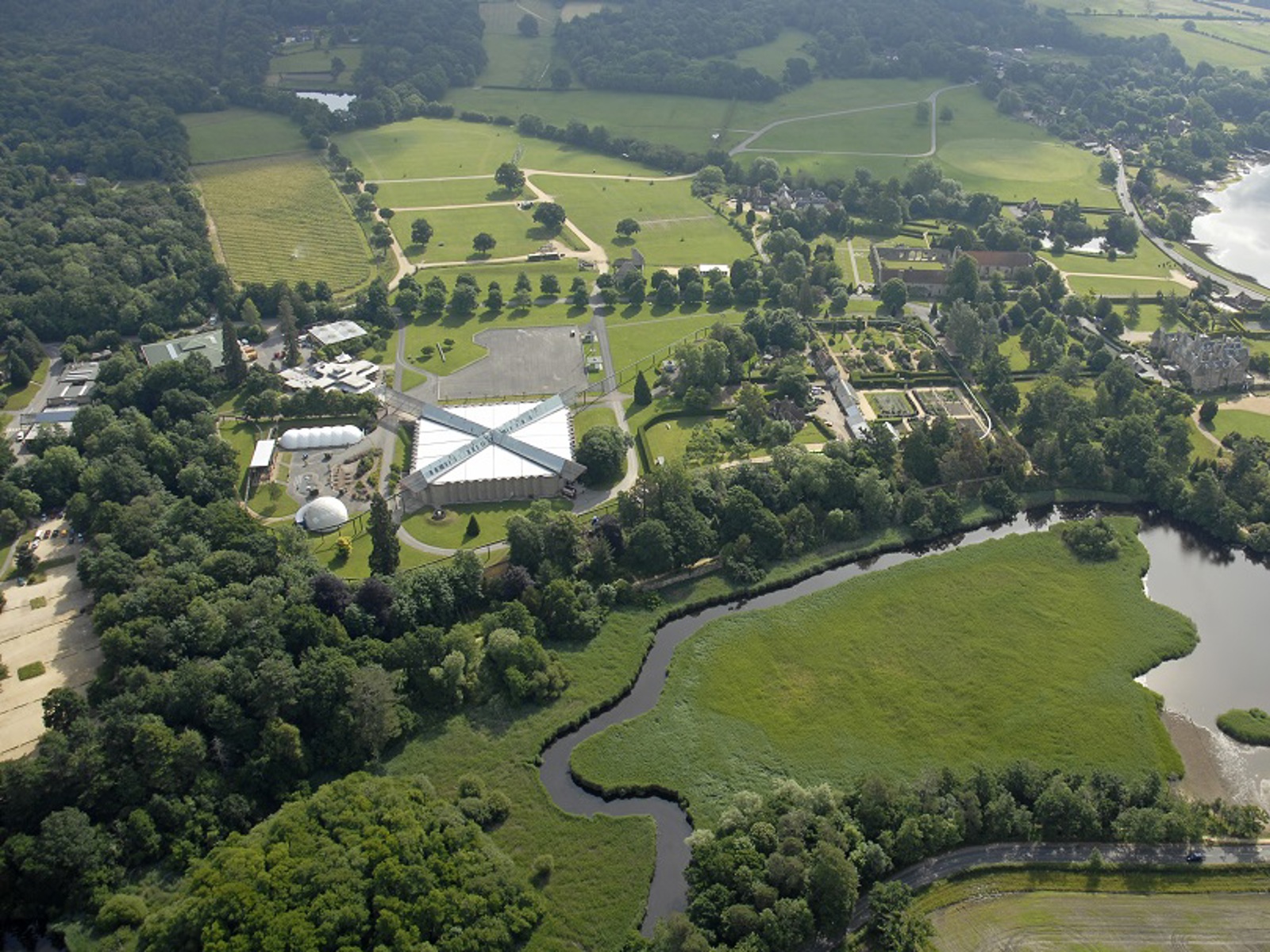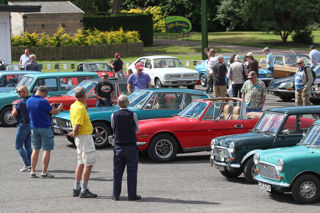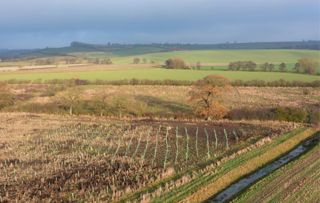
Carbon Capturing Scheme
We’re going green!
Here at the National Motor Museum we’re proud to announce that we will be carbon balancing out all miles covered by the museum’s own vehicles and the miles covered by the attendees of our National Motor Museum events this summer. As members of the Federation of British Historic Vehicle Clubs (FBHVC) we are pleased to take part in their Carbon Capturing Scheme.

What are we carbon capturing?
The museum will carbon capture a total of 15.75 tonnes of CO2 through the planting of new trees. This equates to 32,000 miles and covers 8000 miles covered by the museum’s own vehicles and the miles covered by the attendees of the four Classic Grille Evenings that take place this summer.
The FBHVC’s carbon capturing initiative scheme
Launched in December 2021 the FBHVC’s scheme, delivered in partnership with Tree-V is now into it’s second year. The first year was a huge success with 2,454,787 miles carbon balanced, 3880 trees planted and 1294 tonnes of CO2 captured and removed from the atmosphere. We’re glad that the National Motor Museum’s contribution can be added to this cumulative total – showing the wider public and lawmakers that we are taking our carbon footprint seriously.
Why are we taking this step?
As members of the historic vehicle movement we have probably experienced some form of criticism for the emissions coming from our vehicles. Sadly, our vehicles can attract as much attention for their emissions as they do their looks. However, as a motor museum there is a role we can play in helping you tackle such criticism and that is by taking part in a scheme like this. By ensuring emissions associated with our museum’s activities are tackled we can fight back against the naysayers. The carbon footprint of our vehicle’s production has been spread over many, many years and by definition the classic car community is all about recycling and restoration. By then balancing out the emissions from miles travelled then we have mitigated the only real carbon footprint our vehicle has – meaning we’re some of the greenest vehicles on the road.
As a motor museum we are also keen to play our part in the FBHVC’s scheme as by adding our voice to an industry wide scheme it allows us all to unite under a green banner and demonstrate to the outside world we’re a responsible community that cares about the planet.
Located on the Beaulieu Estate, and within the New Forest National Park we plan to work with Beaulieu Enterprises to grow in line with future sustainability needs and to be guided by Beaulieu’s mission statement which is as follows: ‘To build the Estate as an environmentally, socially and economically sustainable entity in family ownership for future generations.’ As a business that is dedicated to telling the story of motoring we can clearly recognise our environmental impact. Alongside Beaulieu Enterprises, we are committed to taking responsibility and actively seeking ways for us to reduce our carbon footprint, while arming our team with the practical and affordable means to do so. More details of Beaulieu’s environmental policy can be viewed here.

How does the carbon capturing scheme work?
We’re taking part in a carbon capturing scheme. This means brand new trees will be planted right here in the UK which, over their lifetime, will absorb (called sequestering) our vehicle’s emissions.
Why do trees absorb our carbon dioxide emissions? Trees need carbon dioxide to live and grow. Trees take in carbon dioxide through small pores in their leaves and combine it with H2O and sunlight, in a process known as photosynthesis. This process converts CO2 into sugar which can be used or stored by the tree as energy.
The storage of this sugar, as starch, in the sapwood layer of the tree, is how trees remove CO2 from the atmosphere. As long as the tree is never burned down, that carbon is permanently absorbed.
Working with the Federation of British Historic Vehicle Clubs and their delivery partners, Tree-V, we have calculated the cumulative carbon dioxide emissions created by our museum’s activities and Classic Grille Evenings and thus determined how many trees need to be planted to balance the CO2 out.
By carbon balancing the National Motor Museum’s activities and events we will carbon capture 15.75 tonnes of carbon and plant a substantial number of trees.

Our trees
Our trees are being planted in Tom’s Wood in North Yorkshire. A wide variety of trees can be used for carbon capture, the FBHVC and Tree-V always make sure to use trees that are native to the area and that are best suited to the climate, soil time, rainfall and numerous other factors. Tom’s Wood will be made up of a mix of Alder, Birch, Wild Cherry, Goat Willow and Sycamore.
New woodland brings a host of other benefits alongside capturing our emissions. Forests are also rich in fringe benefits, such as habitat for biodiversity, recreational space, flood mitigation, soil and water protection, and cleaner air.

Subscribe for updates
Get our latest news and events straight to your inbox.